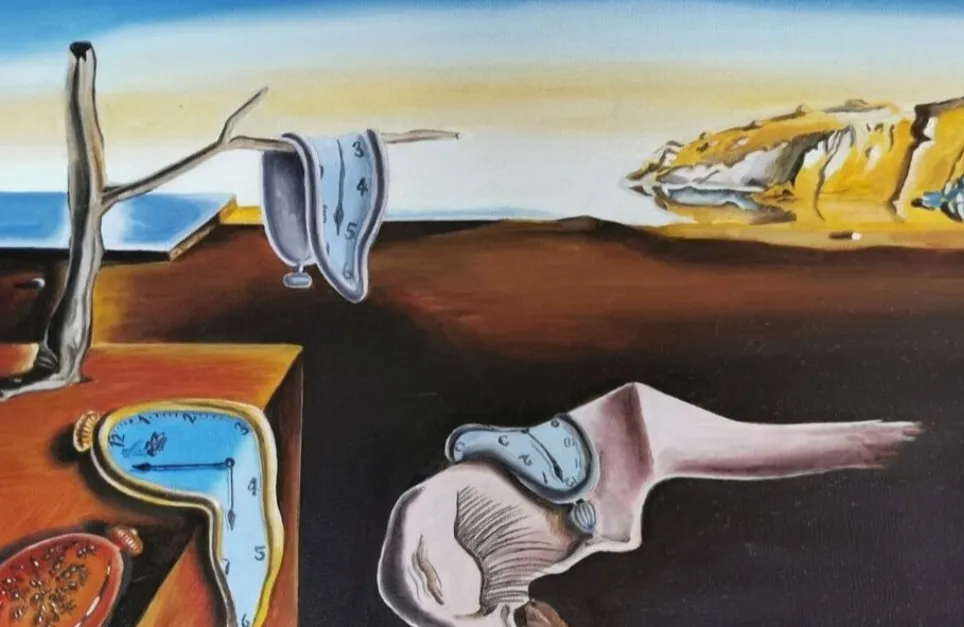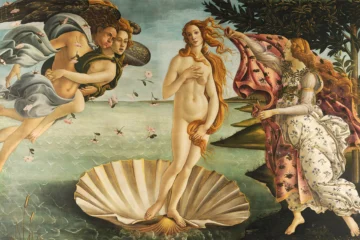Art is often a reflection of the human experience, and one of the most profound themes explored by artists throughout history is the concept of time. From fleeting moments to eternal truths, artists have used their mediums to capture the passage of time, evoke nostalgia, or comment on the transient nature of life. Here, we explore five iconic art pieces that emphasize the significance of time and its impact on our lives.
1. Salvador Dalí’s “The Persistence of Memory” (1931)
Salvador Dalí’s surreal masterpiece, “The Persistence of Memory,” is perhaps the most famous exploration of time in art. The painting features melting clocks draped over various objects in a dreamlike landscape. This imagery challenges the conventional understanding of time as fixed and rigid. Instead, Dalí invites viewers to contemplate the fluidity of time and the way memories can stretch, warp, and distort.
Significance: The work speaks to the subjective nature of time and how our perceptions of reality can change, emphasizing that our experiences are often colored by emotion and memory.
2. Claude Monet’s “Impression, Sunrise” (1872)
Monet’s “Impression, Sunrise” is a defining work of the Impressionist movement and exemplifies the artist’s fascination with the effects of light and atmosphere over time. The painting captures a fleeting moment at dawn in the port of Le Havre, with soft brush strokes depicting the shimmering water and rising sun. Monet’s technique emphasizes the changing quality of light, showcasing how time can transform a scene in an instant.
Significance: This piece not only marked the birth of Impressionism but also highlights the importance of capturing the ephemeral beauty of a specific moment, encouraging viewers to appreciate the world around them.
3. Andrei Rublev’s “The Trinity” (c. 1425-1427)
Rublev’s “The Trinity” is a significant work in Eastern Orthodox iconography, depicting the three angels who visited Abraham. While not explicitly about time, the painting carries profound theological implications about the eternal nature of God and the divine relationship between the Holy Trinity. The serene expressions and harmonious composition suggest a timeless quality, inviting contemplation of spiritual eternity.
Significance: This icon transcends time by connecting the viewer with spiritual themes of faith, unity, and the divine, reflecting the eternal nature of religious belief.
4. Alfred Eisenstaedt’s “V-J Day in Times Square” (1945)
This iconic photograph, taken by Alfred Eisenstaedt, captures a spontaneous moment of celebration at the end of World War II, where a sailor kisses a nurse in Times Square. The image has become synonymous with joy and relief, encapsulating the end of a long and tumultuous period. The photograph freezes a moment in time, preserving the exuberance of victory and the emotional weight of that historical event.
Significance: Eisenstaedt’s photograph serves as a powerful reminder of how a single moment can embody collective emotion and historical significance, connecting generations through shared experiences.
5. Mark Rothko’s “No. 61 (Rust and Blue)” (1959)
Mark Rothko’s abstract expressionist paintings, particularly “No. 61,” explore the emotional experience of color and the passage of time. Rothko believed that color could evoke feelings and memories, creating a dialogue between the artwork and the viewer. The large fields of color in “No. 61” invite viewers to lose themselves in contemplation, allowing time to stand still as they engage with the emotional depth of the piece.
Significance: Rothko’s work emphasizes the meditative quality of art and how it can transcend time, creating an experience that resonates on a personal level with each viewer.
Conclusion
The significance of time in art is a theme that resonates deeply with human experience. From Salvador Dalí’s surreal distortions of clocks to Alfred Eisenstaedt’s powerful photograph of celebration, these iconic pieces invite us to reflect on our relationship with time—how we perceive it, how it shapes our memories, and how it connects us to the past and future. Art, in its many forms, allows us to capture and contemplate the moments that define our existence, reminding us of the beauty and transience of life.


